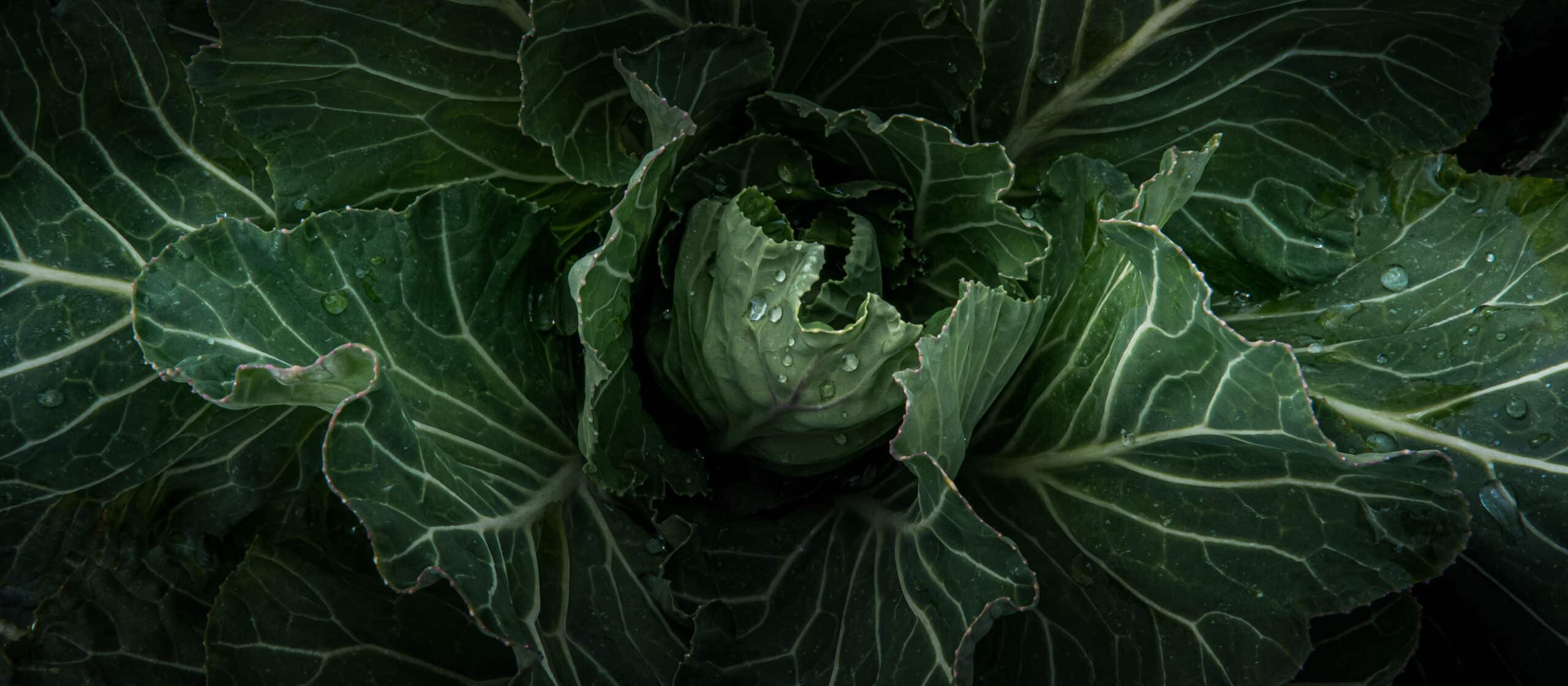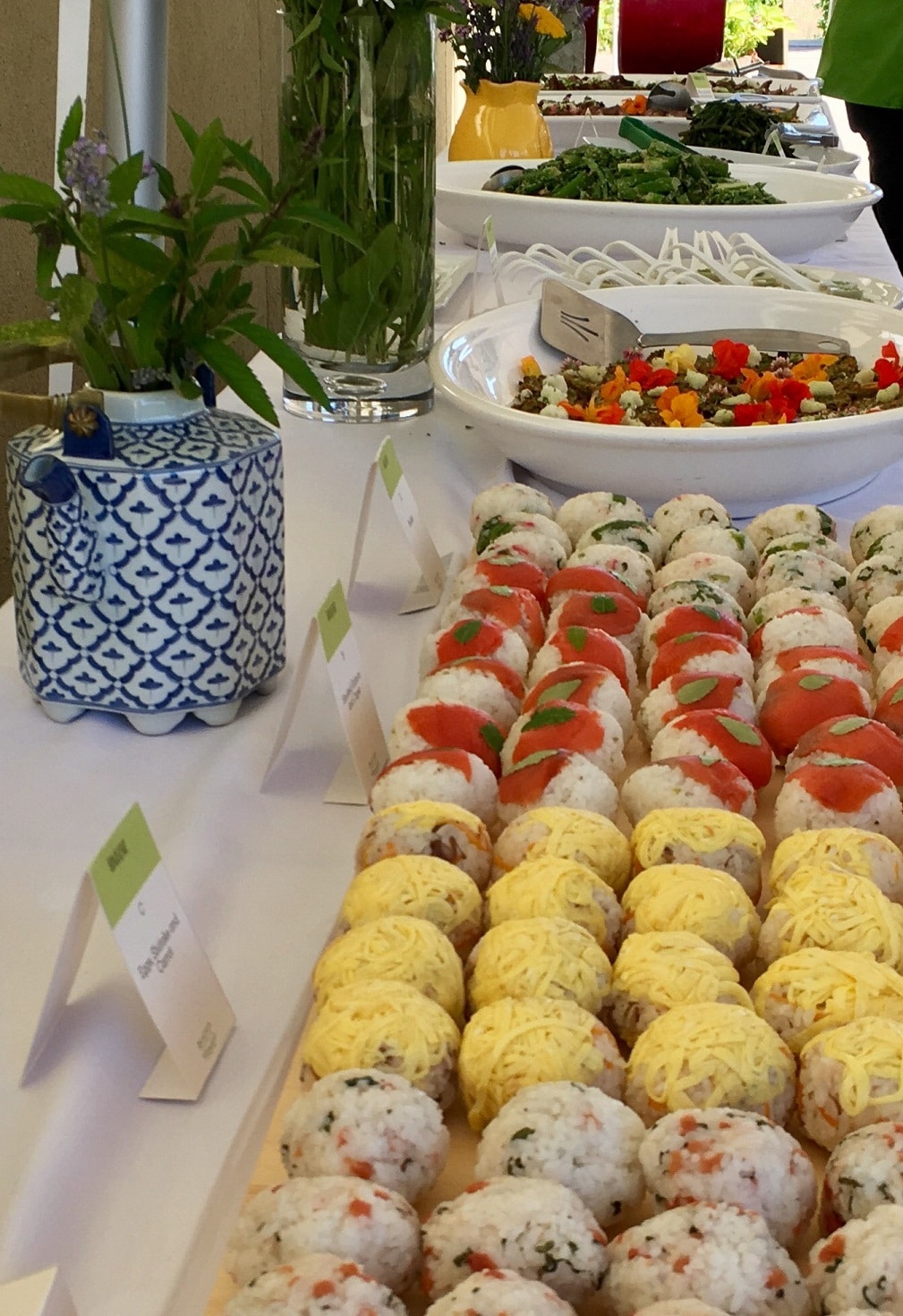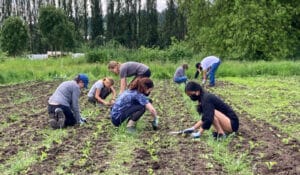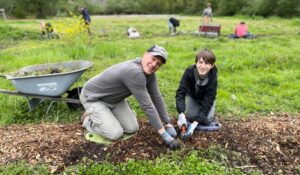
“Pacific Northwest Japanese” 100-Mile Sustainable Luncheon
“Pacific Northwest Japanese” 100-Mile Sustainable Luncheon
- posted on: July 26, 2017
- posted by: 21 Acres
"*" indicates required fields

We are happy to tell you our first 100-Mile Farm to Table Sustainable Luncheon, “Pacific Northwest Japanese,” was a success. Thank you to all who were in attendance—it was great to see so many smiling faces enjoying the sunshine and food! We will be hosting another luncheon in August, focused on bees and honey—follow the link at the end of this post for more info.
21 Acres’ Sustainable Lunches feature food made from ingredients produced by farms located no more than 100 miles away. Eating locally produced, in-season food is one of the easiest ways you can make a positive impact on local agriculture, small community economies and your carbon footprint. Plus, there is nothing better than savoring a meal made from fresh, seasonal ingredients.
A number of our “Pacific Northwest Japanese” guests expressed interest in seeing more detailed descriptions of our menu. Asako, our Kitchen Manager and the creative mind behind our Sustainable Luncheon Series, sent us her notes to share. Enjoy!

Our “Pacific Northwest Japanese” Sustainable Luncheon Menu
Temari-sushi – Mini-balled Sushi with Four Delicious Flavors
1) Pickled Apricot “Umebishi” and Shiso: Umeboshi is normally made with Ume plum. However, this particular type of plum does not grow within our 100-mile goal, so we made our own Umeboshi with apricots, mimicking “Taki-san’s,” a Japanese farmer located in Wapoto, WA. The Green Shiso leaves were grown by one of our favorite local farms, Tuk Muk Farm, which specializes in unique and hard-to-find Asian vegetables.
2) Salmon Lox and Green Blueberry Caper: The Salmon Lox were from Lummi Island Wild Co-op and the green blueberries were from 21 Acres’ own edible forest. In the past, we have made capers with nasturtium pods, but we ran out of last year’s batch, so we decided to make our capers with blueberries instead! After chopping the capers and mixing with rice, we topped with salmon and a Japanese pepper plant, called Sansho, from Asako’s home garden.
3) Eggs and Gomoku Sushi (Mixed Sushi): This sushi is commonly eaten on Japanese Girls Festival Day in March. In Gomoku Sushi, cooked vegetables are mixed into Sushi rice; we used carrots and shiitake mushrooms and topped with egg ribbons (Kinshi-tamago). The shiitakes were from Cascade Mushrooms and the carrots were from Tuk Muk Farm.
4) Corn “Nukazuke” Radish with Greens: In Japan they make pickles called Nukazuke (“nuka” means “rice bran,” and “zuke” or “tsuke” means “to pickle”). Normally, to make Nukazuke, rice bran, water, Konbu seaweed, and salt are mixed together to create a bed, and the vegetables are buried so they can pickle. The vegetables will last a long time in the bran bread, but are usually ready in a day or two. When Asako decided to make Nukazuke for 21 Acres, she wasn’t sure if she would be able to find enough local rice bran, so she used cornmeal instead. Our kitchen staff then pickled radishes to use for the sushi. When we received the produce from Shawn Miller of Tuk Muk Farm, the daikon radish tops were so beautiful, we couldn’t bring ourselves to throw them away. We sautéed the fine chopped greens with local camelina oil from Ole World Oils, and mixed them into the sushi along with the pickled radish.
Fava Bean Tofu with House-made Spicy Miso Sauce (Tobanjan)
We made our Tofu using fresh fave beans from Nash’s Organic Produce in Sequim, WA. Our Fava Bean Tofu was made in the same way as regular tofu, but fave beans have more carbohydrates (starch) than soybeans; we didn’t use any coagulant and simply cooked it down and chilled it in a mold. Underneath the bite size tofu, we placed spicy miso sauce made with the miso we prepared last year using fava beans, hot peppers and other local ingredients. The stock we used to make the sauce along with the miso was made from dried shiitake stems (a byproduct of our daily shiitake use!) and kelp seaweed from British Columbia.
Fava Bean Leese Burger
After making the Fava Bean Tofu, we used the leese (i.e. the pulp left over after extracting milk from beans), to make burger. We sautéed carrots, mushrooms, and the daikon radish tops from Tuk Muk Farm and incorporated them into the leese along with eggs. The sauce was our original instant “Soy Sauce;” it does not include soy, instead it is fermented with local beans and roasted grains. Our burgers were topped with grated daikon from Tuk Muk Farm and beautiful chives from the 21 Acres Farm.
Shungiku (edible mums/chrysanthemum) Namul
This simple dish is made by tossing blanched edible mums with camelina oil, salt, and grated garlic. Shungiku Namul is a Korean-style recipe much loved in Japan.
“Kujo Negi” Green Onion Marinated in Tomato Stock
Kujo Negi (九条ネギ) is a specialty green onion crop from Kyoto we received from our friends at Tuk Muk Farm. Asako wanted to make a marinade with a slightly sour flavor, so she made her favorite tomato stock. This easy to make stock uses the drippings from pureed tomatoes. The ground up tomato is hung in cheese cloth in the refrigerator for two days. The beautiful golden liquid is then combined with stock made from shiitake mushrooms. Finally, we steam roasted the green onion and marinated it in the brine made from the tomato stock.
Nut Dressed Broccoli Raab (“Kinomi-ae”)
The broccoli raab was from Cedarville Farm in Bellingham, WA. Our kitchen staff blanched the broccoli raab and tossed it with a dressing made from hazelnuts, house-made miso, and honey.
Miso Marinated Steak Salad with Mizuna Greens
After seeing the beautiful purple Mizuna greens from Tuk Muk Farm, we decided to make a salad with grass-fed beef from Skagit County. We marinated the beef in our miso and pan-roasted it with lard we rendered from pork fat. The pork was from SAgE Farm, located just south of 21 Acres. We then topped the salad with grated daikon from Tuk Muk Farm, and chives.
Sourdough Pancake “Dorayaki” with Honey Lavender Ice Cream
The Einkorn pancakes were made using our apple sour starter. Next, we made a frosting/cream from mayacoba beans to fill our pancake sandwiches. The Sourdough Pancake “Dorayaki” was served with honey lavender ice cream we made from milk from MyShan Dairy in Lynden, cream from Cherry Valley Dairy in Duvall, and berries (blueberry and raspberry) from our own edible garden.
Red Shiso Juice
To make this refreshing and beautifully colored red juice, we steeped red Shiso from Tuk Muk Farm in hot water, added honey and just a touch of vinegar.
Our kitchen staff had great fun coming up with the menu for “Pacific Northwest Japanese” and are excited to share their newest creations at our upcoming luncheon, which will be all about bees!
If you are interested in attending the next 100-Mile Farm to Table Sustainable Luncheon, “Hive to Table,” on August 12th, click here for more information or to register. Our menu will be filled with a variety of delectable dishes featuring HONEY! See you then!











 back to blog overview
back to blog overview







